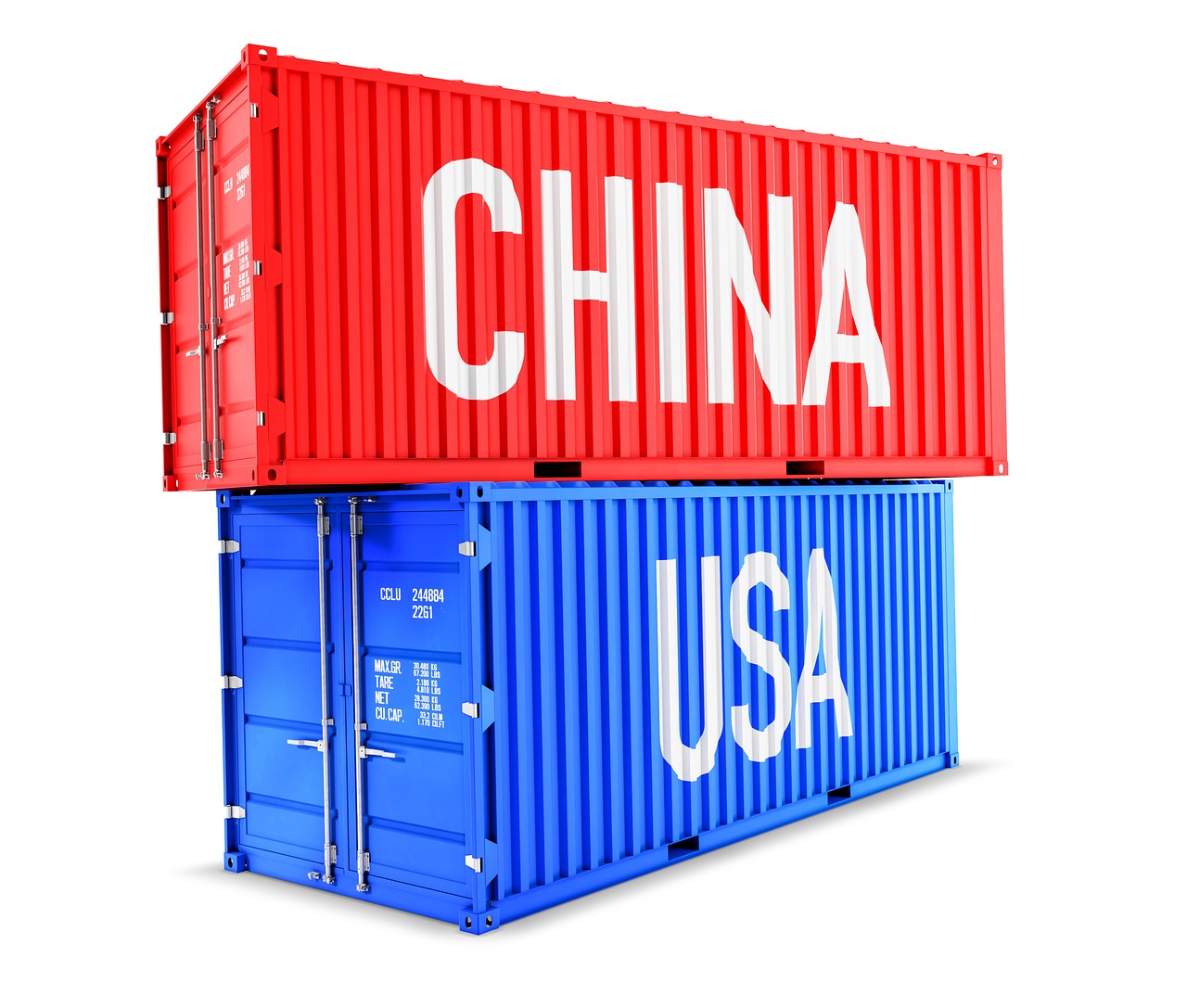February 2019 /
The center was not holding—it was a country of bankruptcy notices and public auction announcements and commonplace reports of casual killings and misplaced children and abandoned homes as families routinely disappeared.
— Joan Didion, Slouching Towards Bethlehem
Sounds all too familiar as we hurtle past a dysfunctional White House and confront the major new battleground between Trump and China’s leadership. The U.S. has made old economy markets such as cars and steel and agricultural products the linchpin of its program to drain the global swamp.
Unfortunately, tariff wars and amateurish rhetoric mask the trade conflict that really matters between the U.S. and China. It is a fight over technology. This fight covers everything from AI (artificial intelligence) to computer equipment. The war is in semiconductors. Meaning that the computer chip industry is the crossroads between America’s industrial leadership and China’s unrelenting quest to dislodge the U.S. as the world’s leading superpower.

As a computer-phobic author it took me a great deal of time to understand that computer chips are the foundations of the digital economy and national security. Looking around we see that cars are essentially computers on wheels; banks are money-moving computers; U.S. companies and allies like South Korea and Taiwan dominate the field. But China still has to rely on the outside world for supplies of high-end chips. It is interesting to note that China spends more on semiconductor imports than it does on oil. Chinese firms do not even make the top ten list of semiconductor companies.
Even before Trump captured the White House, China had made the commitment to create an investment fund to improve its semiconductor industry. China’s ambitions worried President Obama who prevented chipmaker Intel from selling chips to China, even going so far as to prevent a German chipmaker from being acquired by a Chinese firm. Other companies have chimed in with laws that severely restrict the transfer of intellectual property.
The chip battle was further underscored by the Trump administration’s ban on the sale of chipmaker Qualcomm, and export bans to Chinese companies like ZTE. Why are we worrying about all this? Well, for openers, the U.S. has realized that having an edge in technology gives it an edge over China. Simultaneously, China’s leaders want the country to become self-reliant in semiconductors as quickly as possible. The Chinese leader Xi has even encouraged Chinese companies Alibaba, Baidu and Huawei to invest in chip-making ventures. All this is worrisome to the U.S. which has a legitimate concern about the national security implications of our dependence on Chinese chips and being susceptible to Chinese hacking. If you’re still with me on this, as of today America still has the edge over China in designing and making high-end chips. But China will be hard to stop. It is adept at blending state and corporate resources. China has launched programs to lure engineering talent from countries like Taiwan. What should America do, then? For starters, start working with allies in Europe to push back against the Chinese advances. Next, foster more domestic innovation through government funding by diverting some infrastructure funding for chip research. Last, we need to realize that the Chinese chips will become even more powerful and pervasive.
Sun Tzu in “The Art of War” summed up best what to expect in the chip war now being played out globally: “Let your plans be dark and impenetrable as night, and when you move, fall like a thunderbolt.”
Joan Didion’s vision is where we are headed if we don’t win this chip war.
Ron Spurga
United Metro Energy Corporation
P: 718-389-5800 ext. 191
ron@umecny.com
